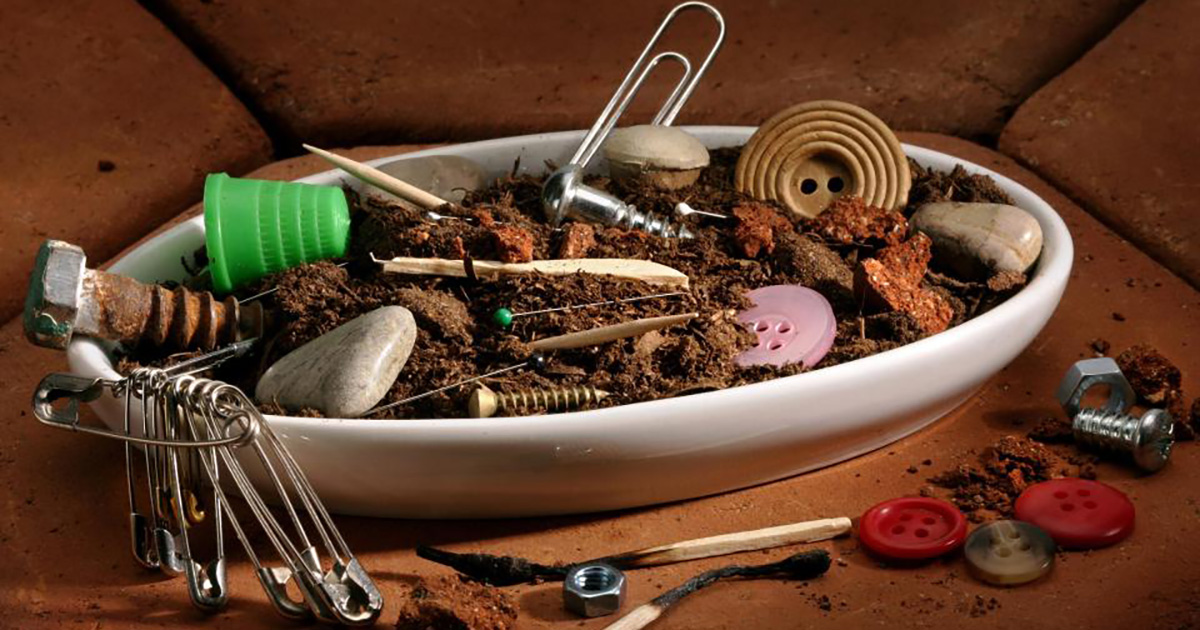A Brief Overview Of Eating Disorders
Avoidant Restrictive Food Intake Disorder

Avoidant restrictive food intake disorder (ARFID), previously referred to as selective eating disorder, is another new diagnosis in the DSM-5. Similar to anorexia, those with ARFID have significant limitations in the amount or types of food eaten. However, ARFID does not include asignificant fear of becoming or being fat. Unlike picky eating, individuals with ARFID do not consume enough calories to grow and develop properly or maintain healthy and basic body function. Children with ARFID may experience stalls in weight gain and height growth. Adults typically lose weight.
Individuals with ARFID display many of the same physical symptoms as someone with anorexia, such as being underweight, irregular menstrual cycles, dizziness or fainting, poor wound healing, lowered immune system function, thinning hair, as well as cold and mottled hands and feet. Other physical symptoms include lethargy, abdominal pain, constipation, and vague, but consistent gastrointestinal issues such as feeling full around mealtimes. Psychological and behavioral symptoms of ARFID include a significant restriction in the amount and types of food eaten, a lack of interest in food, the range of food eaten becomes significantly narrower over time, and dressing in layers or baggy clothes for warmth or to hide dramatic weight loss.
Pica

Pica is an eating disorder in which the patient feels compelled to eat items most would not think of as edible and those that do not have significant nutritional value. The specific items eaten will vary based on availability and age, as well as from person to person. Typical choices include dirt, hair, paper, soap, pebbles, chalk, and paint.
The compulsion to eat these items typically occurs over an extended period, usually longer than one month. Furthermore, eating these items must not be supported by the individual’s culture, as some cultures support eating clay for medicinal purposes, and must be inappropriate for the individual’s development. For children under two years old, putting small objects in their mouths allows them to develop their senses and as such is a normal stage of their development, although care should be taken to prevent choking or ingestion. Thus, children under two should not be diagnosed with pica. It is also important to note pica could be the result of deficiencies in the individual's diet, such as iron-deficiency anemia. For the most part, pica patients are not averse to consuming actual food.
